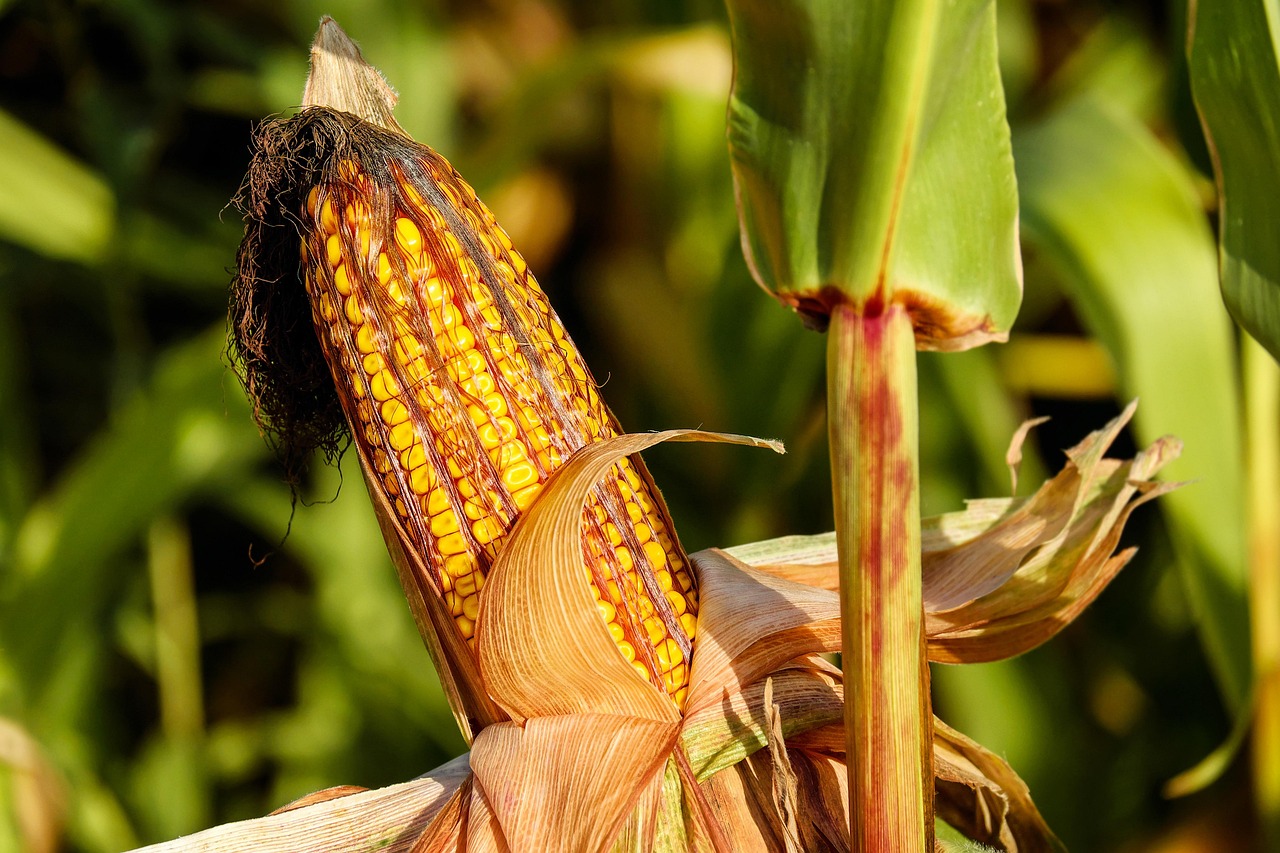The Congo Basin rainforest is located in Africa and it stands for one of the most important wilderness areas left on Earth.
It spreads across 6 countries. Cameroon, the Central African Republic of the Congo, Republic of the Congo, Equatorial Guinea, and Gaboon. Endangered species such as Forrest Elephant, Chimpanzees, Bonobos, and Mountain Gorillas, all call this place home. Approximately 10 000 species of tropical plants (30% unique to the region), 1000 species of birds, and 700 species of fish can also be found here. The Congo Basin served humans for more than 50 000 years. It provides shelter to more than 75 000 000 people until today.
Biggest threats to the rainforest
It is crucial to maintain our planet’s rainforest. Apart from hosting a biodiverse range of plants and animals, they capture large amounts of carbon dioxide. The Democratic Republic of Congo is currently planning to lift its long-term logging ban, palm oil plantations and other commercial agriculture operations are also on the rise. They are putting more and more pressure on the Congo rivers and forests. For example, Virunga national park (oldest NP in Africa) has been deforested thanks to the growing demand for fuelwood and charcoal. Looking forward, the biggest threat to Congo Basin comes from industrial plantations. Especially palm oil, rubber, and sugar production. Researchers say that if these trends will not slow down, there might be no primary rainforest left in Congo by the year 2100.

What does this mean for our fight against climate change?
As mentioned above Congo Basin holds an enormous amount of carbon dioxide. With its size-3.7 000 000 square kilometers, it stores about 10 years of global carbon emission equivalent. If the forest disappears and all of that carbon will go to the atmosphere, we might lose our fight against climate change. The Congo Basin rainforest is the heart and lungs of Africa. It helps regulate the rainfall and maintain the stability of the continent.
Sources:
https://www.greenmatters.com/p/congo-deforestation
https://www.worldwildlife.org/places/congo-basin




